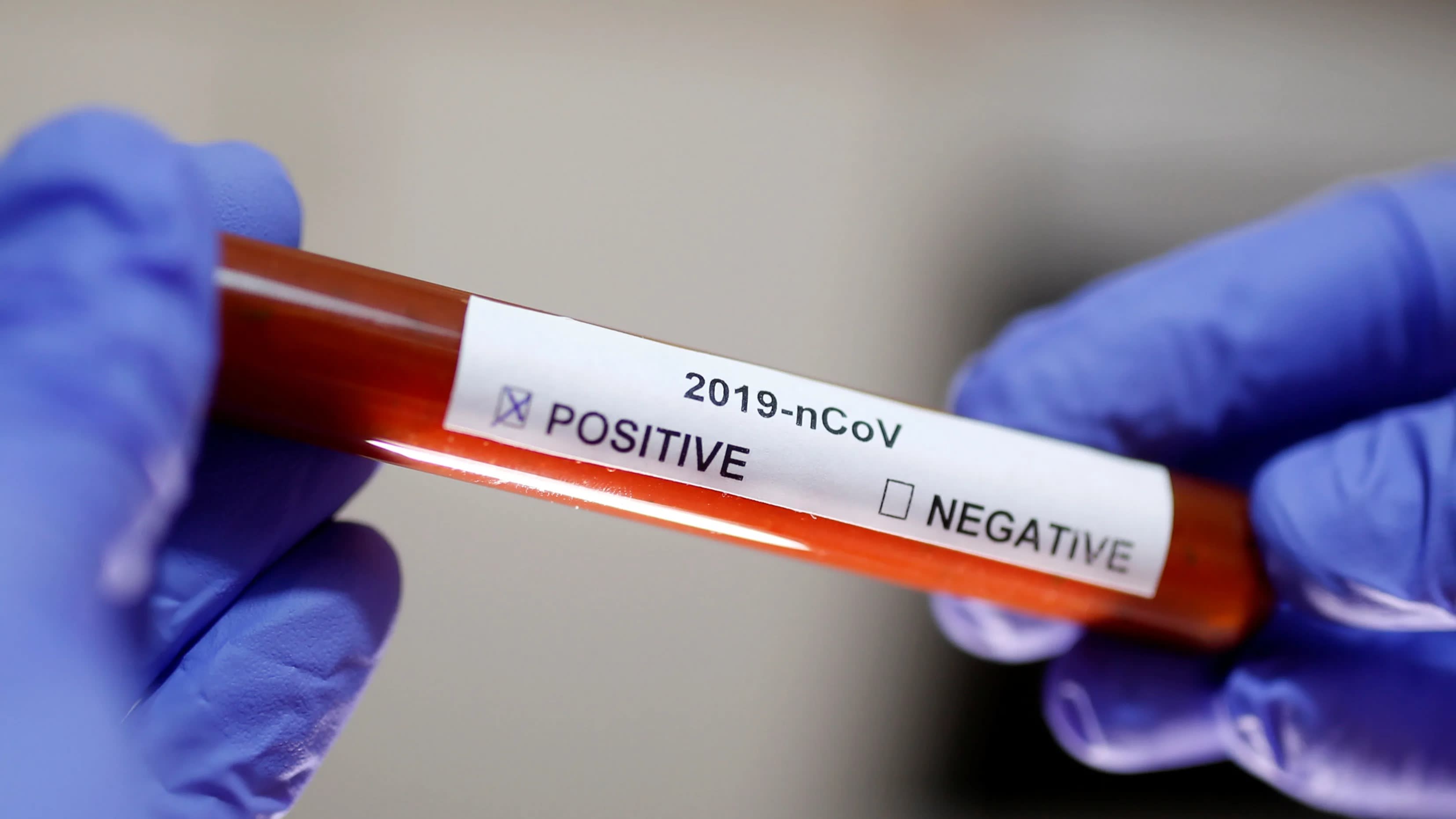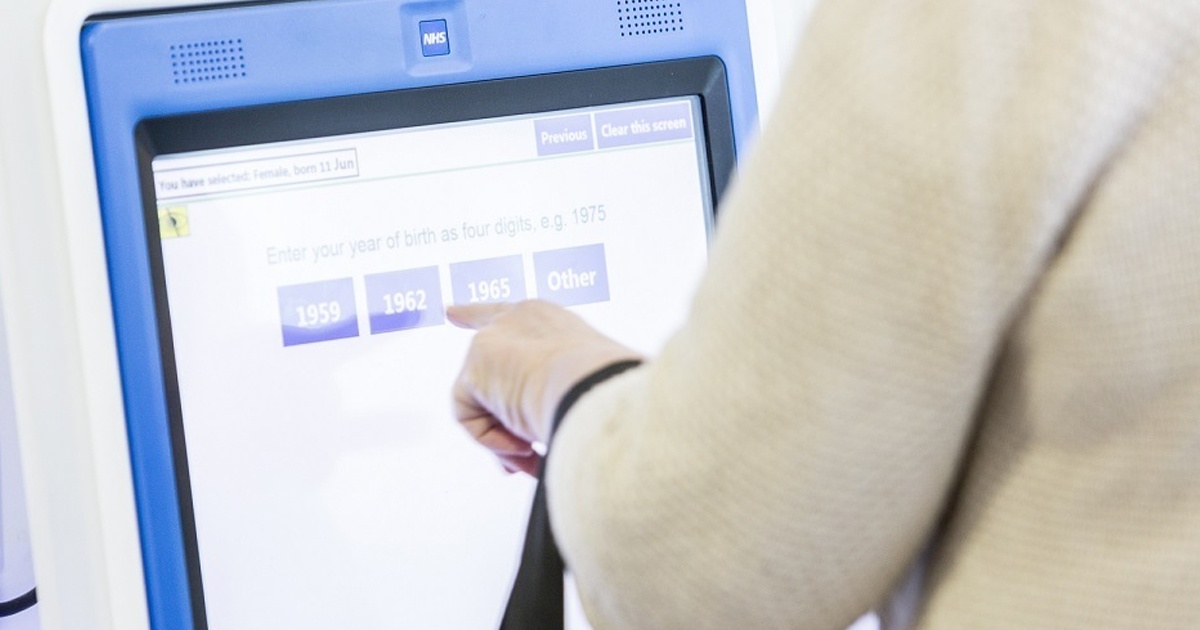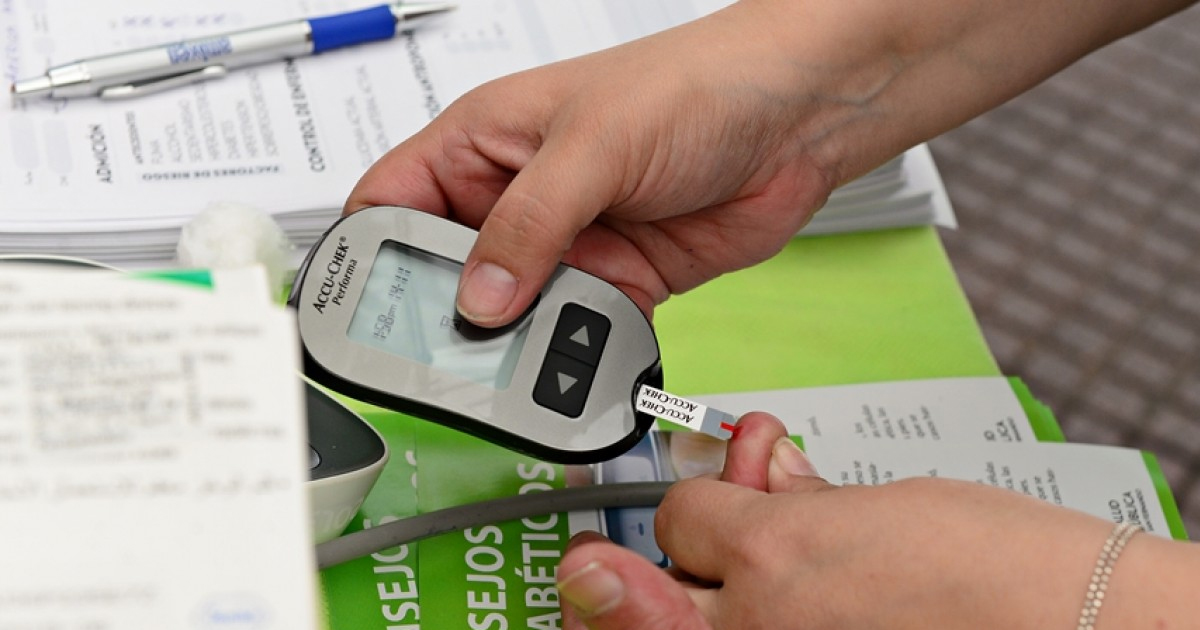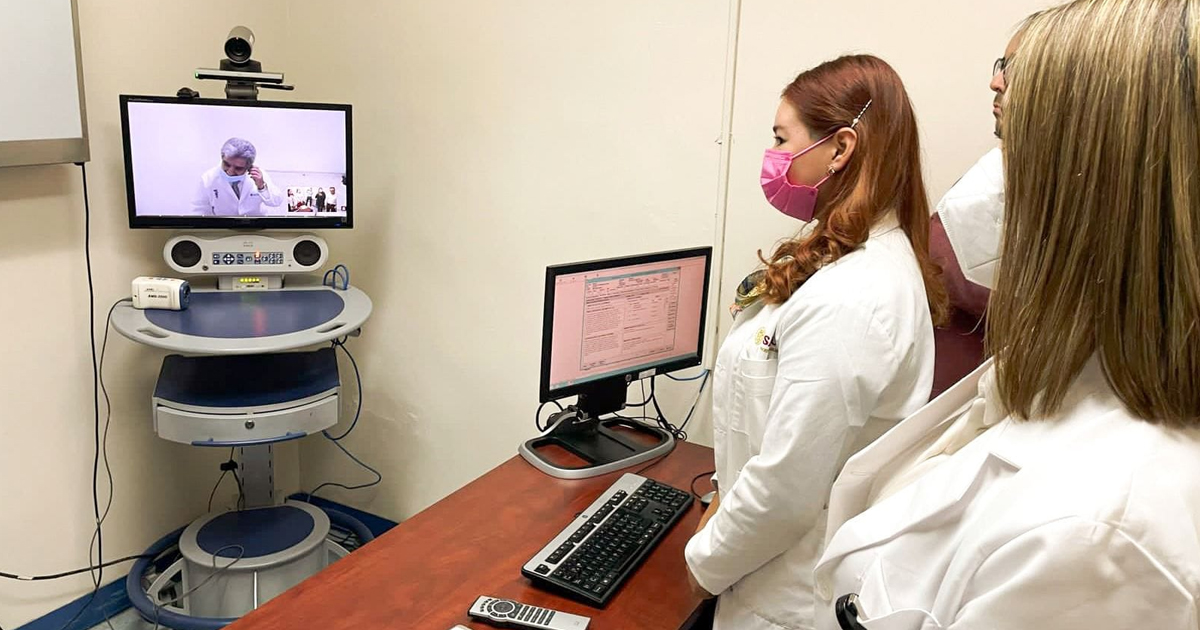Thanks to an algorithm that could recognize coronavirus in 20 seconds
The algorithm was developed by an Alibaba research institute, and has an accuracy rate of 96% in coronavirus detections.
The AI system was trained with sample data from more than 5,000 confirmed cases. The Researchers said that the model could identify differences in tomographies between patients infected with coronavirus, and those with ordinary viral pneumonia.
This new diagnostic tool was introduced in the new Qiboshan Hospital in Zhengshou, Henan province and the new infected patients were admitted on Sunday to begin their treatment.

Being an algorithm that completes its recognition process in 20 seconds, reducing the diagnostic time, could become a pressure reliever in Chinese hospitals that seek to act more effectively.
Chinese National Health Commission seeks that patients with clinical symptoms receive their treatment as soon as posible to reduce infections so they widened the criteria for the diagnosis of new infections by adding tomography scan results and nucleic acid method test.
The system is intended to be implemented in more than 100 hospitals in the provinces of Hubei, Guangdong and Anhui.






